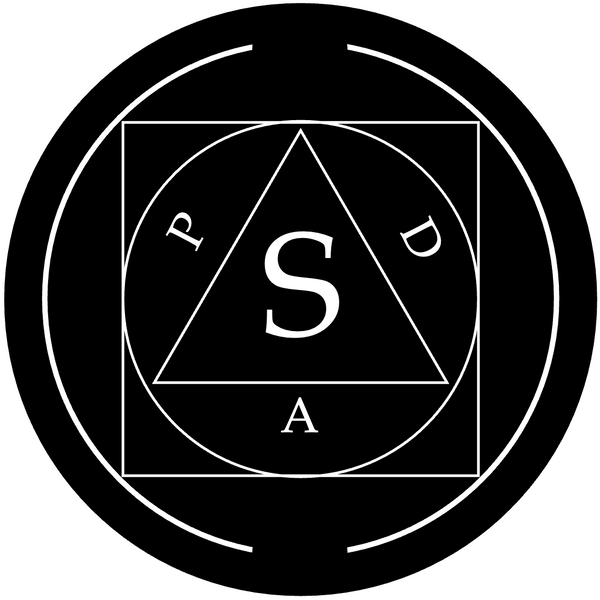Fossil - Vertebra of a wild horse
Fossil - Vertebra of a wild horse
Couldn't load pickup availability
Fossil - Vertebra of a wild horse, single piece
A fascinating vertebra of an extinct wild horse (Equus ferus). Pleistocene , about 900,000 to 11,650 years ago, North Sea. Age-related wear, fractures and chip. Dark brown patina. Dirt and dust. The bone has been treated with a layer of shellac that protects the surface. Size about 82mm x 56mm x 38mm. Weight approx. 105g.
The wild horse (Equus ferus) is an ancient mammal species belonging to the equine family (Equus). In general, the horse is considered to be divided into three subspecies, the domesticated horse, the Przewalski's horse (Mongolian wild horse) and the already extinct tarpan. In the middle of the Pleistocene period, the wild horse was common in America, Eurasia and North Africa as well. Several other subspecies of E. ferus occurred in the Late Pleistocene, but all have since become extinct.
Symbol meaning
The horse has symbolized freedom, courage and endurance throughout the ages. Over the millennia, it has been a mystical symbol of strength, companionship, diligence, sexuality and work. Horses have been depicted in art perhaps the most after humans. Horses have been considered to have supernatural qualities that are precisely related to speed, strength, intelligence and fertility. The ancient Celts, Gauls, Aryans, and Teutons and other Germanic tribes are known to have worshiped horses or horse-like gods. Horses were also sacrificed during various religious ceremonies. For example, during the Scandinavian Iron Age, horses were used to be sacrificed, especially in swamps and wetlands. These uninhabitable areas were considered to be pathways to the afterlife. For the Native Americans, the horse has always been a sacred creature that represents freedom. For example, the Dakotas and Lakotas believe that the horse (sun'ka wakan) has come to people as a gift from the "thunder" (Wakinyan).




